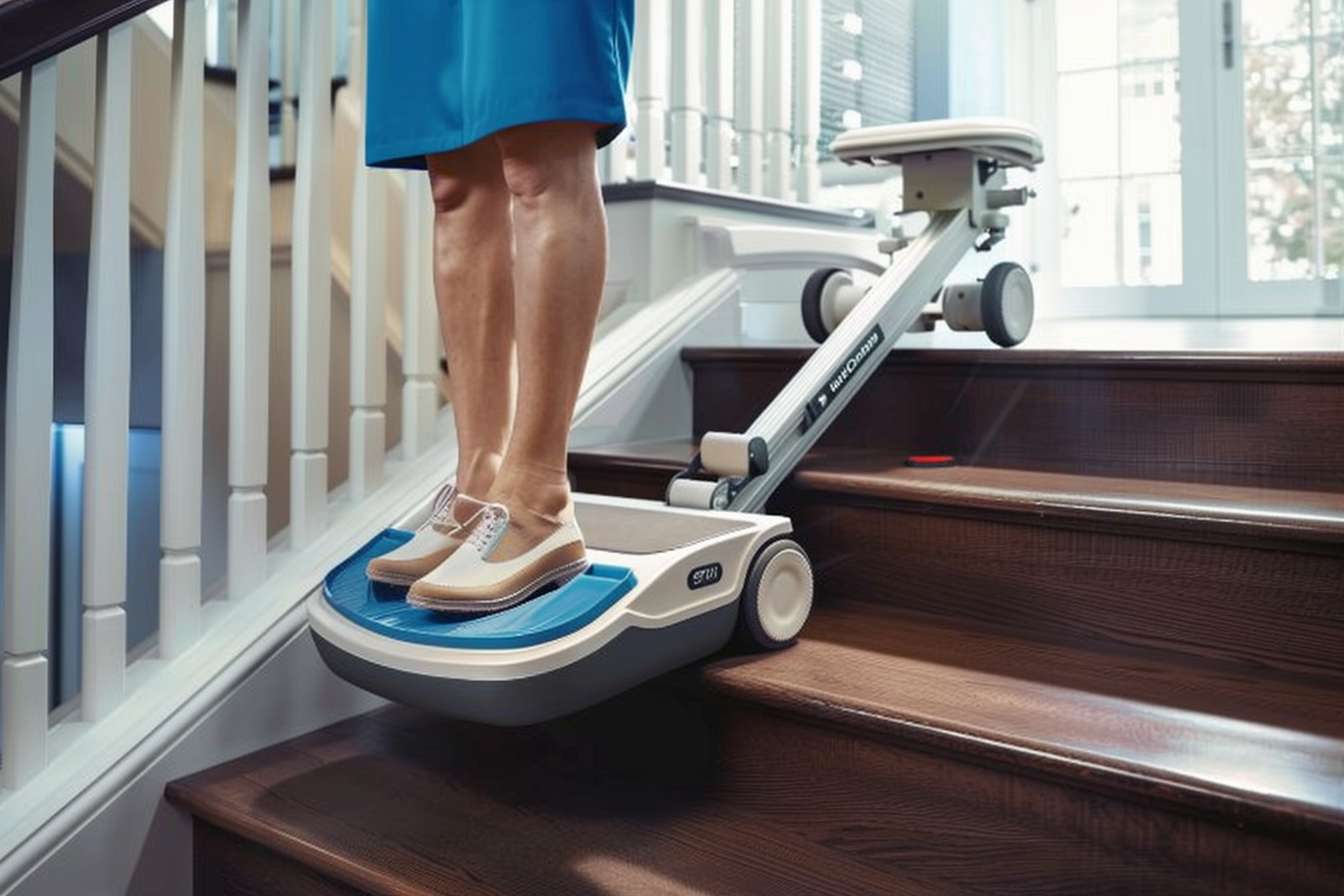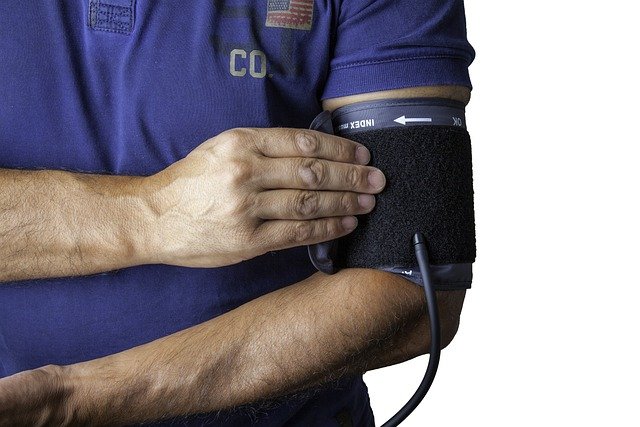Portable Stairlifts: Mobile Mobility Solutions for Greater Independence
Navigating stairs can be a significant challenge for individuals with mobility issues, potentially limiting their independence and quality of life. Mobile stairlifts represent an innovative solution that addresses this challenge without requiring permanent installation. Unlike traditional stairlifts that are fixed to the staircase structure, portable models offer flexibility, convenience, and adaptability to various environments. These mobility aids can be transported between locations, providing freedom of movement for users in different settings while maintaining safety and ease of use.

Portable Stair Lifts: The No-Installation Mobility Solution
Portable stairlifts stand out primarily because they don’t require permanent installation into a home’s structure. This defining characteristic makes them an excellent alternative for individuals who rent their homes, live in historical buildings with restrictions on modifications, or need temporary mobility assistance. Most portable stair lifts operate on rechargeable battery systems, allowing them to function independently of household electrical systems.
These mobile units typically feature a platform or seat mounted on a motorized chassis with specialized treads or wheels designed to navigate stairs safely. The user or caregiver controls the device with simple hand controls, often with safety features like automatic braking systems and stability sensors to prevent accidents. Without the need for rails attached to walls or stairs, these systems can be quickly deployed when needed and stored away when not in use, maintaining the aesthetic integrity of the home environment.
On-the-Go Mobility: Perfect for Travel and Temporary Homes
The portable nature of these stairlifts makes them particularly valuable for individuals who frequently travel or divide their time between multiple residences. Most models are designed with transportation in mind, featuring foldable components or modular designs that can be disassembled into manageable pieces for car travel or storage. This mobility aspect allows users to maintain their independence regardless of location.
For families visiting relatives with multi-level homes, these portable solutions eliminate the worry about accessibility. Similarly, they prove invaluable in vacation rentals or hotels where permanent accessibility features might be lacking. Some models even come with specialized travel cases or bags to protect the equipment during transport. The ability to bring personal mobility assistance wherever needed represents a significant enhancement to quality of life for those with temporary or permanent mobility challenges.
Modern Innovations: Advanced Features of Portable Stair Lifts
Today’s portable stairlifts incorporate numerous technological advancements that enhance their functionality, safety, and user experience. Many modern models feature intuitive touch-screen interfaces or smartphone connectivity that allows users or caregivers to control the lift remotely. Safety features have evolved significantly, with obstacle detection systems that automatically stop the lift if something obstructs its path.
Battery technology improvements have extended operating times between charges, with some models capable of completing up to 30 trips on a single charge. Advanced models incorporate lightweight yet durable materials like aircraft-grade aluminum and carbon fiber composites, reducing weight without compromising structural integrity. Some premium units feature customizable speed settings, adjustable seats or platforms, and emergency descent functions that ensure users can safely complete their journey even in the event of a power failure.
Versatile Solutions: Ideal for Diverse Living Situations
Portable stairlifts address mobility needs across various living arrangements and architectural styles. These adaptable solutions work effectively on different stair configurations, including straight, curved, or spiral staircases, though specific models may have limitations. For multi-generational households, a portable stairlift offers a non-permanent accessibility solution that can be implemented when certain family members visit without permanently altering the home.
In rehabilitation scenarios, these devices provide temporary assistance during recovery periods from injuries or surgeries when stair climbing poses a challenge. For caregivers, portable stairlifts reduce the physical strain of helping individuals navigate stairs, potentially decreasing injury risk for both parties. The versatility of these solutions extends beyond residential applications to include small businesses, community centers, or places of worship that may need occasional rather than permanent accessibility options.
Easy Storage & Minimal Maintenance for Portable Stair Lifts
Unlike their permanent counterparts, portable stairlifts can be stored away when not needed, making them ideal for occasional use or homes with limited space. Most models can be folded or disassembled into compact forms that fit in closets, under beds, or in car trunks. This storage capability proves particularly valuable in homes where aesthetic considerations are important or where the need for mobility assistance varies over time.
Maintenance requirements for portable units typically involve simple battery charging routines and occasional cleaning of treads or wheels. Most manufacturers design these systems with minimal maintenance in mind, using sealed components that require little attention. Users should generally perform visual inspections before each use to ensure all parts are properly secured, and most manufacturers recommend annual professional servicing to check motor function, battery health, and safety mechanisms. The simplified maintenance requirements contribute significantly to the appeal of these mobility solutions for those seeking independence without technical complexity.
Portable Stairlift Options and Cost Considerations
The market offers several portable stairlift models with varying features and price points to accommodate different needs and budgets. Understanding the available options helps consumers make informed decisions based on their specific requirements.
| Model Type | Weight Capacity | Key Features | Price Range (GBP) |
|---|---|---|---|
| Basic Portable Climber | 120-150 kg | Manual controls, foldable design | £1,500-£2,500 |
| Mid-Range Battery Powered | 130-180 kg | Rechargeable battery, digital controls | £2,500-£4,000 |
| Premium Folding Stairlift | 150-200 kg | Remote operation, advanced safety features | £4,000-£7,000 |
| Commercial Grade Portable | 200-250 kg | Higher capacity, enhanced durability | £6,000-£10,000 |
Prices, rates, or cost estimates mentioned in this article are based on the latest available information but may change over time. Independent research is advised before making financial decisions.
Beyond the initial purchase, consumers should consider additional costs such as extended warranties, which typically range from £200-£500 annually, and replacement batteries, which may cost £150-£300 depending on the model. Some suppliers offer rental options ranging from £80-£200 monthly, which might be more economical for short-term needs. Many suppliers also provide service plans that include regular maintenance checks, which can extend the life of the equipment and ensure continued safe operation.
Conclusion
Portable stairlifts represent a significant advancement in mobility technology, offering flexibility and independence without permanent home modifications. Their ability to travel between locations, ease of storage, and advanced features make them suitable for various living situations and temporary mobility needs. While the initial investment may be considerable, these mobile solutions provide valuable accessibility that adapts to changing circumstances and environments. As technology continues to evolve, we can expect even more innovations that further enhance the performance, safety, and convenience of these important mobility aids.




